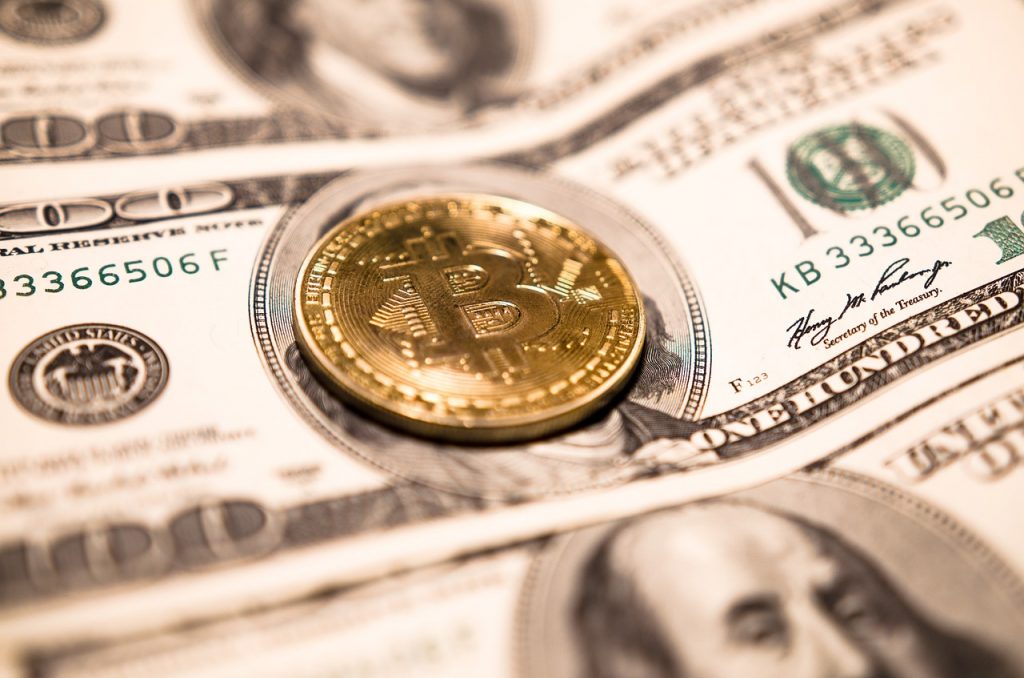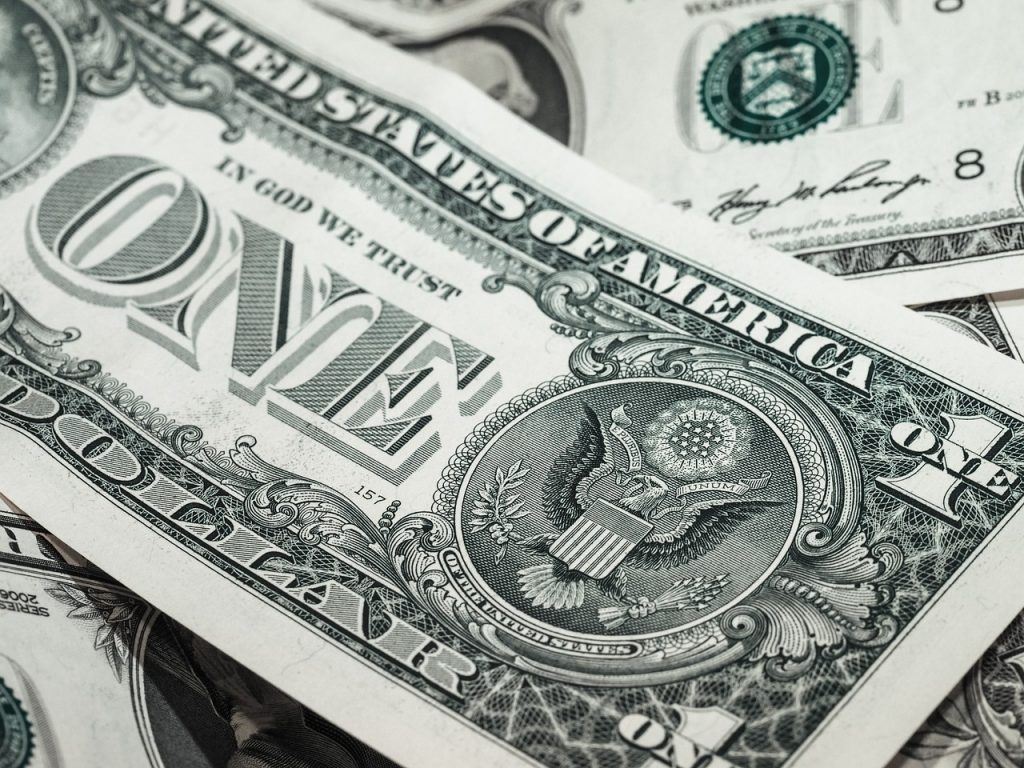The Digital US Dollar Is Closer Than Ever, Here’s What It Could Mean For You
You may soon be buying things with US digital dollars instead of cold hard cash.
This article is more than 2 years old

US digital dollars are getting a potential trial run in the near future. This was initiated recently by the Electronic Currency and Secure Hardware Act, proposed by Representative Stephen Lynch. Though the bill has a low probability of passing, it showcases legislators and their constituents wanting to move forward with national cryptocurrencies.
Crypto engagement is mainly done by insular communities around the world. Discussion boards and online messengers are used to keep miners and traders connected while adding more tokens to their ever-growing blockchain. Though anyone could potentially invest in cryptocurrencies, there’s no national incentive to have cryptocurrency a more ubiquitous and legitimate currency in the US. With the US digital dollars proposal, citizens could see a rise in the government’s desire to implement intangible currency.
The Electronic Currency and Secure Hardware Act has a couple of ways it would implement cryptocurrency into everyday life. One component is introducing a pilot program called the Electronic Currency Innovation Program, which would oversee these programs. The Treasury Department would issue the pilot after 90 days of the act passing, not having the US digital dollars circulate entirely but in a contained environment. After four years, the act stated that e-cash would be available everywhere in the United States.
The Secure Hardware Act also differentiates between US digital dollars and cryptocurrency. A central cryptocurrency component is a blockchain, where users add tokens to their personal bank or solve complex equations to receive more coins. Cryptocurrency also relies on public logs, where e-cash circulated by the government would be relatively private. US digital dollars would be able to transfer between people quickly without utilizing a common ledger. The act’s goal is to imitate regular cash in the US: how it flows from person to person with no bank oversight or recorded transaction.

Lynch’s Bill is not the first governmental interest in US digital dollars. Earlier this year, the Federal Reserve released a report documenting the positive nature of implementing e-cash or cryptocurrency. One of the significant benefits for Americans would be having a type of currency that won’t go through the traditional bank system. An interest in making money transfers more accessible could benefit many subsects of Americans struggling with the rising cost of living.
The proposal to utilize US digital dollars is not a unique idea in many parts of the world. In Europe, talks of a digital Euro are already in the works. The European Commission is planning to initiate a virtual euro program by 2023. China is already releasing a “digital yuan” for its citizens to use even further ahead. In early 2022, China established an application that allows users to exchange and store digital currency. It was developed by the People’s Bank of China and did not include a blockchain or a centralized payment form like regular cryptocurrencies.
Though US digital dollars feel out of reach for the nation, other governments worldwide successfully implementing virtual cash might sway American perception. Europe and China’s impending success with an accessible e-cash program could start a digital cash trend transnationally.







